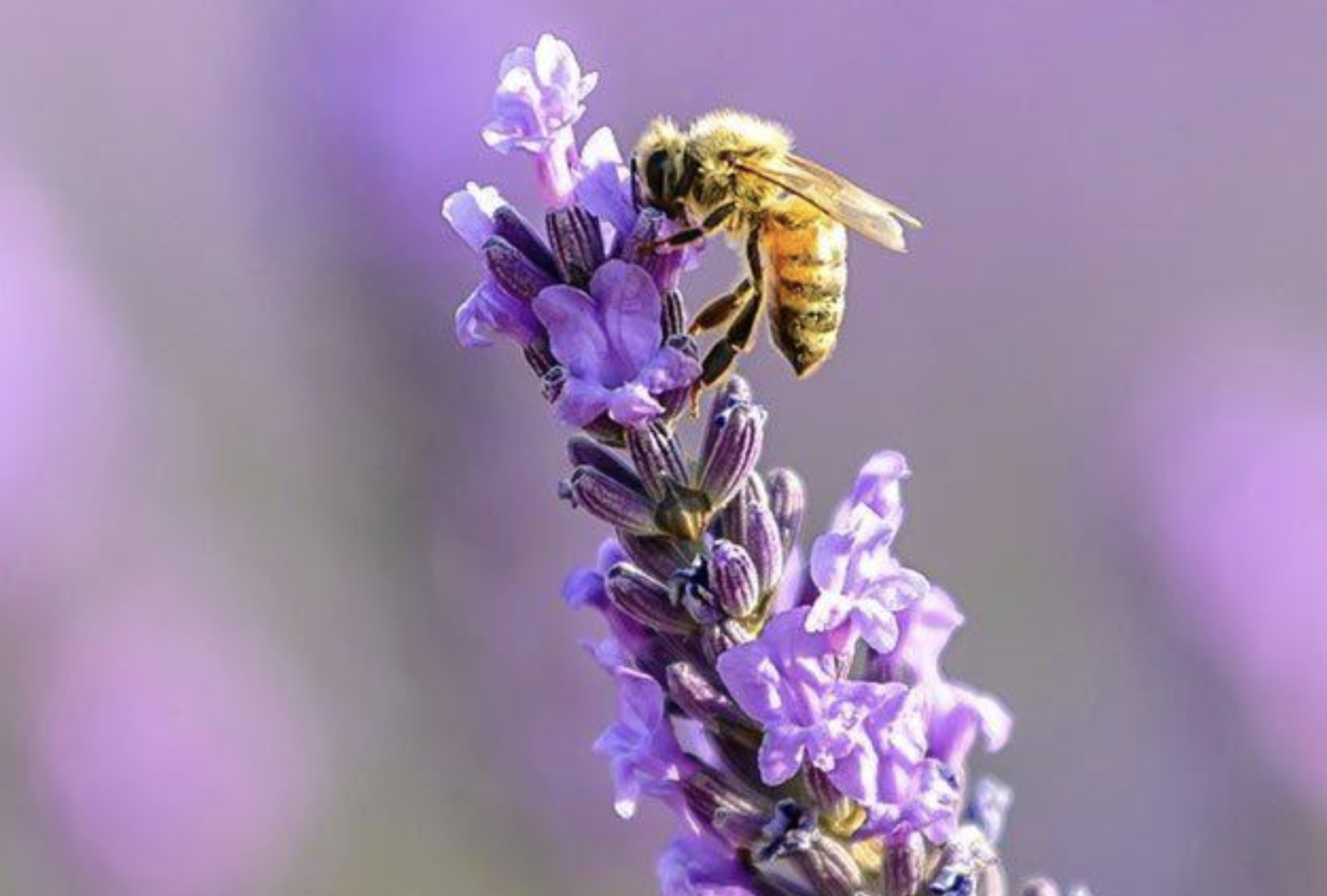
The diversity of the beekeeping craft has evolved over time, and managed pollination is just one of the ways beekeepers make a big impact on the world. Managed pollination is the practice of caring for hives and honey bees in order to pollinate the crops that sustain us all.
The Honey Bees’ Second Shift
In addition to gathering nectar to produce honey, honey bees perform a vital second function – pollination, making them a critical component of today’s agricultural market. In fact, about one-third of the human diet is derived from insect-pollinated plants, and honey bees are responsible for 80 percent of this pollination.
Pollination
While honey bees are gathering nectar, they’re also fertilizing flowering plants. Pollination occurs when pollen is transferred from the anthers of a flower to the ovules of another flower. This pollination greatly increases the quantity and quality of many crops including a variety of fruits, vegetables, legumes, and nuts such as almonds.
According to the Bee Health Collective, while many pollinators are important contributors, honey bees have several traits that make them well-suited for the job of crop pollination:
- They can be managed and moved in large numbers from crop to crop by beekeepers
- They are resilient generalists which means they forage on (and pollinate) many types of blooms
- They are considered by growers to be the best “bang for your buck” for pollination
Honey bees pollinate crops in all 50 U.S. states
The bee-plant relationship (pollination), is necessary for our food supply and for our ecosystems. Honey bees are the “workhorses” that make it possible to produce good yields of many foods, including fruits, vegetables, nuts, coffee, and even meat and dairy (which depend on bees to pollinate livestock feed crops like alfalfa). While many pollinators are important contributors, honey bees have several traits that make them well-suited for the job of crop pollination. They can be managed and moved in large numbers from crop to crop by beekeepers, they are resilient generalists which means they forage on (and pollinate) many types of blooms, and they are considered by growers to be the best “bang for your buck” for pollination. Pollination often provides more revenue for beekeepers than honey production.
Dietary Impact
Many of the ingredients that contribute to a balanced and healthy diet wouldn’t be possible without honey bees, and we couldn’t be more grateful for the hard work of beekeepers and managed pollinators. It is thanks to them that we can enjoy Mother Nature’s sweetener and feed communities with nutritious crops like fruits, vegetables and nuts. Not to mention meat and dairy, which depend on bees to pollinate livestock feed crops, like alfalfa. There are 90 different crops that are reliant on beekeepers and honey bees so this is an invaluable practice that ultimately puts food on dinner tables across the nation. Check out this infographic to see just some of the foods pollinated by honey bees.

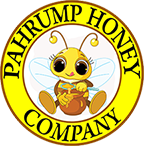
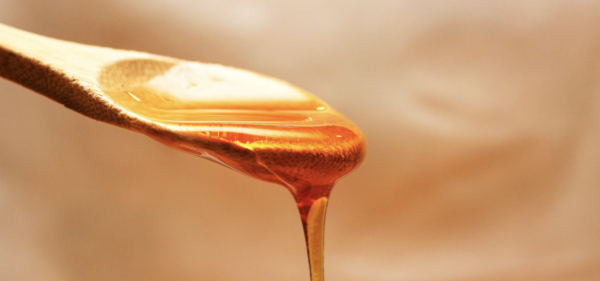
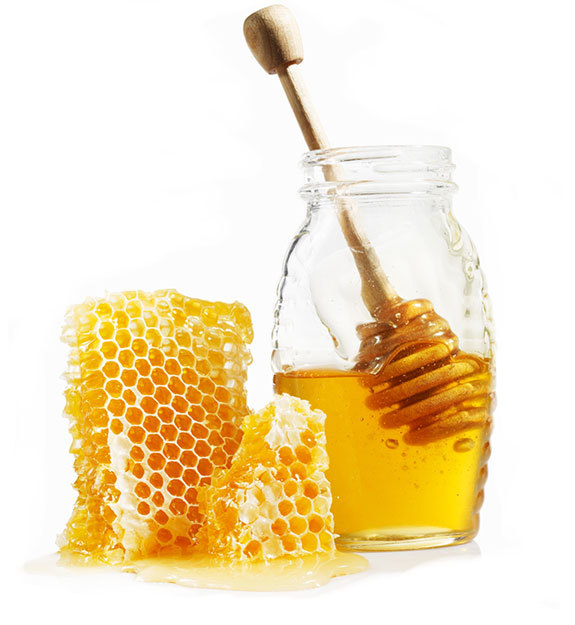
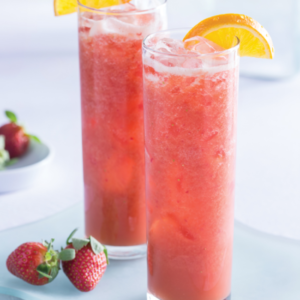
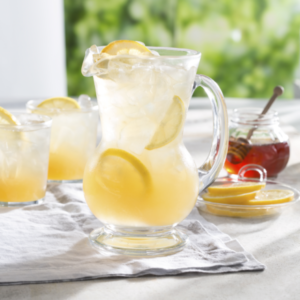
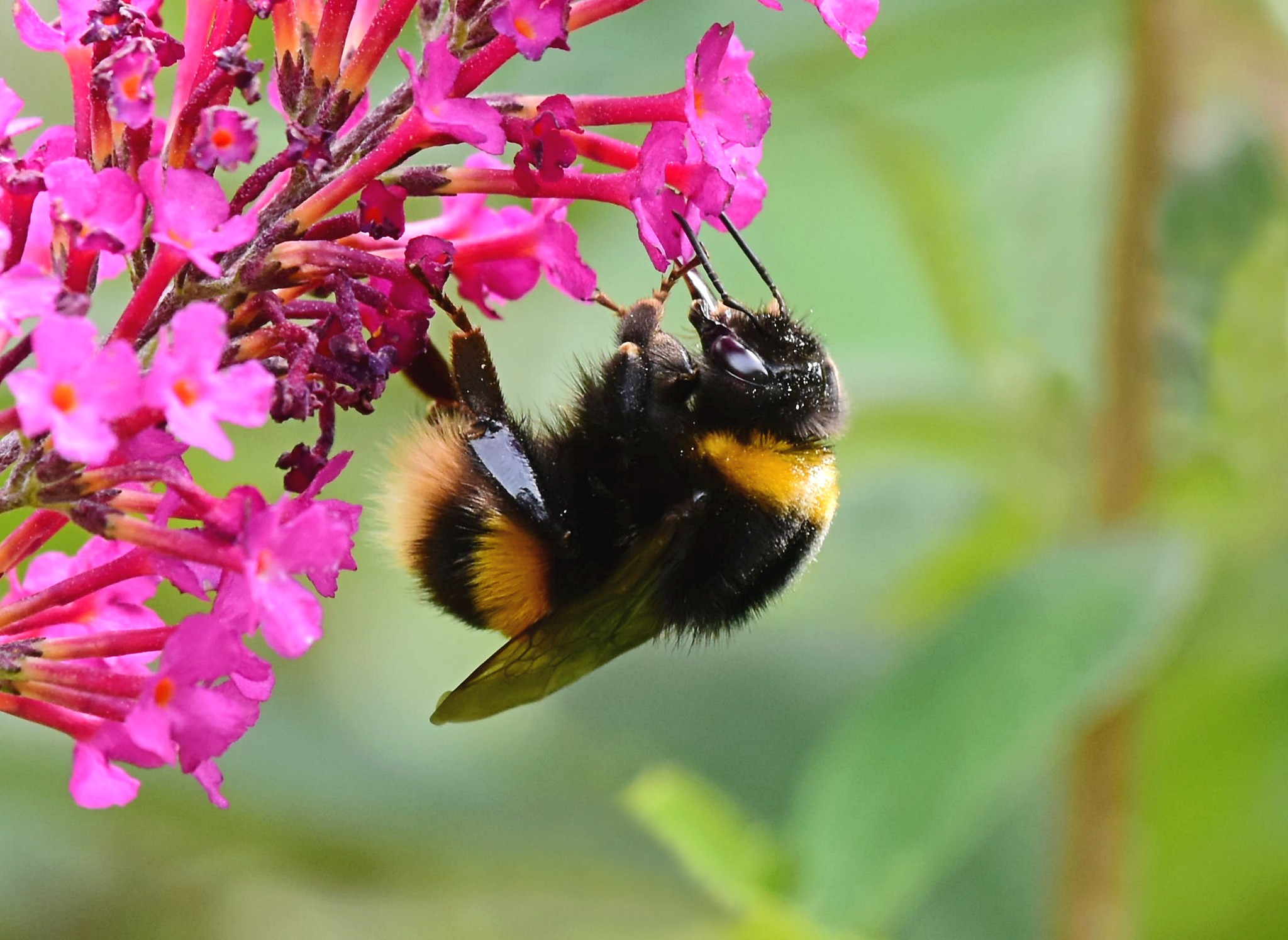
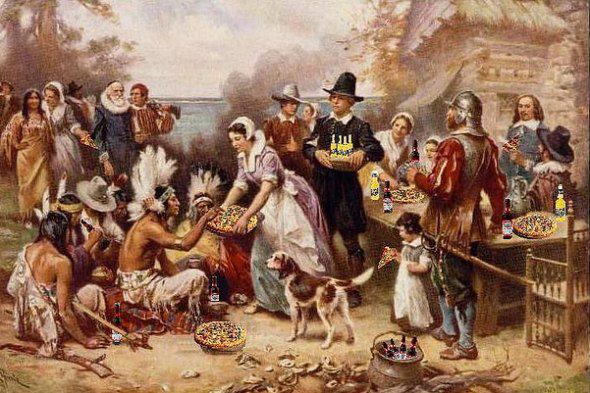

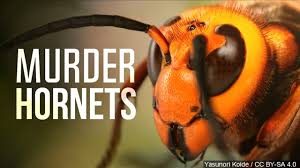
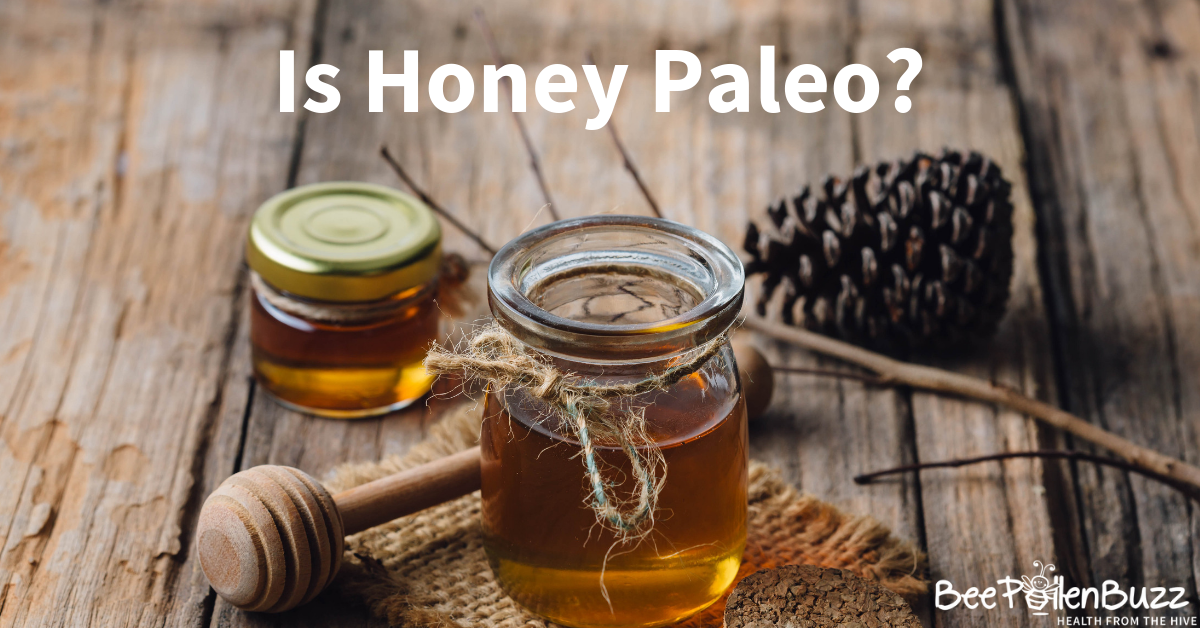
Honey Watermelon Granita with Honeycomb
INGREDIENTS
1 medium – seedless watermelon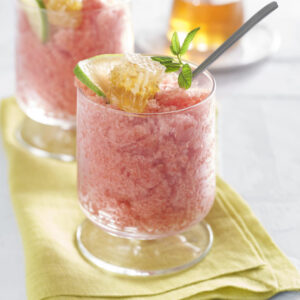
1/2 cup – honey
juice and zest of 4 limes
3″ – square piece of honeycomb, optional
fresh mint and additional lime, to garnish
DIRECTIONS
Cut the melon in half and scoop out the flesh into a blender. Remove any seeds that may be in the watermelon as best you can. Blend the watermelon until pureed, pausing to stir and fully blend as needed.
Add the honey, lime juice and zest and blend until well combined.
Pour the watermelon mixture into a large shallow pan and place in the freezer uncovered.
Wait one hour and with a fork, run the tines through the mixture to break up any ice crystal, return to the freezer and repeat every 30 minutes until fully frozen and icy. This mixture should be icy crystals, not a frozen block and not slushy.
To serve, scoop into shallow glass and garnish with a bit of honeycomb, mint leaves and a lime wedge.
TIP
This recipe can be made into a light watermelon wine granita by adding 12 oz. of moscato or sparkling rose to the mixture before placing in the freezer. This may take additional time in the freezer. You can also add a drizzle of a fruity liqueur such as limoncello or melon liqueur over the granita when serving. This makes a unique and refreshing “after dinner” dessert!